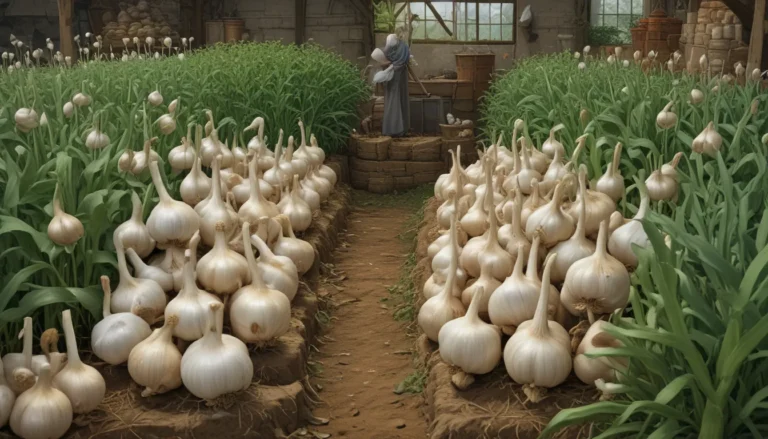A Comprehensive Guide to Planting and Growing Watercress

If you have a preference for spicy foods and enjoy the kick of chili peppers, then watercress may just be the perfect addition to your garden. Known for its peppery flavor, watercress is a versatile leafy green that can be enjoyed in various dishes.
In this article, we will explore everything you need to know about planting and growing watercress, from its cultivation and history to harvesting and cooking ideas. So, let’s dive in and learn all about this vibrant leafy green.
Understanding Watercress: A Brief History
Watercress, scientifically known as Nasturtium officinale, is a brassica plant that thrives in cool, moist conditions. Though it shares its name with nasturtium flowers, watercress is distinct from other cress varieties.
With a long history of cultivation dating back to ancient civilizations such as the Egyptians, Greeks, and Romans, watercress has been used for both culinary and medicinal purposes. The plant’s pungent flavor, reminiscent of mustard and pepper, is a result of its natural defense system against herbivores.
Propagating Watercress
Propagation of watercress can be done through seeds or cuttings. While seeds are readily available for purchase, cuttings provide a simple and cost-effective way to grow new plants.
From Seed
To start growing watercress from seeds, lightly broadcast the seeds over a tray or container filled with a water-retentive potting mix. Keep the soil moist as the seeds germinate, which usually takes one to two weeks. Once the seedlings reach a height of two to three inches, they can be transplanted into their final growing location.
From Cuttings
Watercress cuttings can be easily propagated by rooting them in a soilless potting medium. Take a four-inch piece of stem with leaf nodes, remove the lower leaves, and plant it horizontally or vertically in the medium. With adequate moisture and light, the cutting will develop roots, ready for transplanting.
Planting Watercress
Watercress thrives in loose, well-draining soil with ample moisture and full to partial sun. For those growing watercress in water, ensure that the plants are not completely submerged and that the water circulates adequately. Alternatively, hydroponic systems can also be used to grow watercress efficiently.
When caring for watercress, it is essential to maintain consistent soil moisture without waterlogging. Additionally, refrain from over-fertilizing as watercress prefers slightly alkaline conditions.
Harvesting and Using Watercress
Harvesting watercress involves clipping the leaves near the soil rather than uprooting the entire plant. The leaves should be consumed fresh as they do not store well. Watercress can be used in a variety of dishes, including salads, sandwiches, omelets, and stir-fries.
With its rich flavor and high nutrient content, watercress is a versatile vegetable that can enhance the taste and nutritional value of your meals. Whether you are a health-conscious individual seeking nutrient-rich foods or a culinary enthusiast looking to experiment with flavors, watercress is a valuable addition to any garden.
So, are you ready to grow and enjoy your homegrown watercress? Share your plans and ideas in the comments below!
To complement your watercress harvest, consider exploring other leafy greens such as spinach, Swiss chard, and mustard greens. These nutritious greens can be grown alongside watercress to create a diverse and flavorful vegetable garden.
Remember, a well-maintained garden yields not only fresh produce but also a sense of fulfillment and satisfaction. Happy gardening!
By incorporating additional sections on propagation methods, growing tips, and plant maintenance, this revised article provides readers with a comprehensive understanding of planting and growing watercress. The conversational tone and structured format enhance readability and engagement, making it a valuable resource for gardening enthusiasts.





